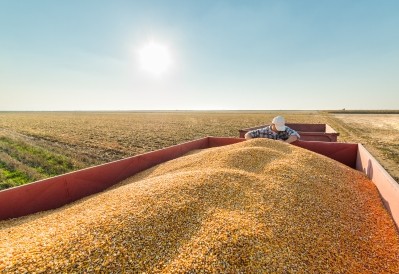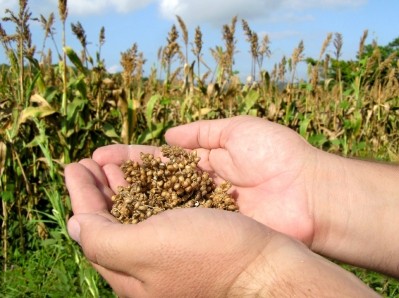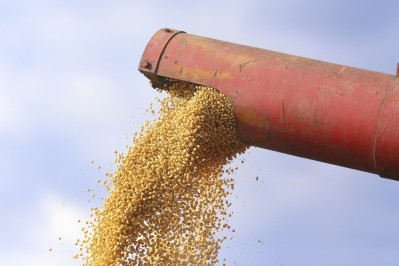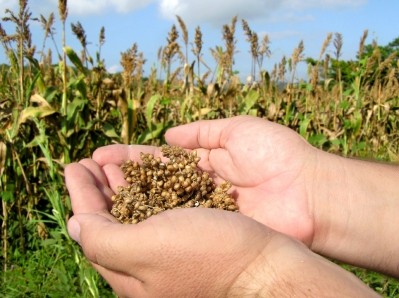USDA: water challenges hit feed crop production in Mexico
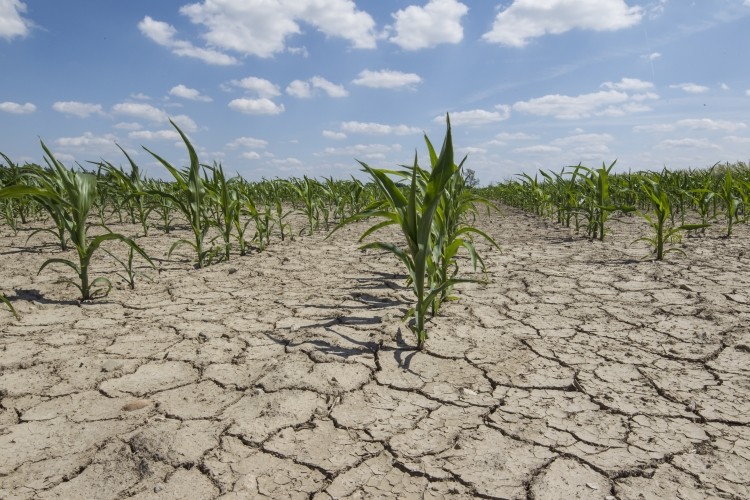
A Global Agricultural Information Network (GAIN) report on feed crop conditions and production predictions in Mexico was released earlier this week by the US Department of Agriculture’s (USDA) Foreign Agricultural Service (FAS).
Production estimates for corn and sorghum have been lowered for the marketing year 2016/17, said the department official. Wheat crop yield predictions and in feed use also have been reduced.
Wheat details
Estimates for 2016/17 wheat crop production were lowered by 3.9m metric tons based on a lack of water for irrigation, said the USDA. A larger area was harvested, but dry conditions reduced the overall yield.
“Also, unattractive prices in foreign markets stimulated producers to shift to alternative crops,” the department official said. “According to official sources, for example, in Guanajuato approximately 60,000 ha were planted with barley instead of wheat in the 2015/16 fall winter crop cycle.”
Predictions for wheat feed consumption for marketing year 2015/16 were dropped by 300,000 metric tons stemming from information released by the Secretariat of Agriculture, Livestock, Rural Development, Fisheries and Foodstuffs (SAGARPA), the attaché reported.
As corn production has increased during the marketing year, it is anticipated that more domestic white corn may be used in animal production replacing domestic durum wheat – especially in the hog sector.
Wheat exports also have dropped for 2016/17 to about 1.2m metric tons, the attaché said, again owing to the reduced production. But, overall wheat exports for 2015/16 were increased to 1.5m metric tons based on data from the General Customs Directorate of the Secretariat of Finance (SHCP) and SAGARPA.
Corn and sorghum
Corn production also is expected to see reduced yields in areas with limited irrigation where planting was delayed, said the USDA. Total production is expected to be about 23.5m metric tons.
“According to official sources, irregular rains during June and July have delayed the planting season in the non-irrigated areas of the 2016 spring/summer crop cycle,” said the department official. “Since approximately 75% of corn produced during the spring/summer cycle is rain fed, the monsoons starting in June continue to be the major source of irrigation,” the department said.
However, total production for 2015/16 was increased to 25.8m metric tons based on a larger planted area and good weather conditions during the fall/winter growing cycle, said the attaché.
“Total production for the 2015/16 fall/winter-corn crop is estimated at 8.4m metric tons,” the department offical said. “This would be an increase from the previous year’s 7.3m metric tons, due to the high reservoir levels and increased planted area.”
Favorable weather and available water also raised predictions for average yield for the 2015/16 fall/winter crop cycle, said the attaché. Yield is expected to be above last year’s 6.4 metric tons/ha, however there may be significant yield variation by region.
“In Sinaloa, for example, average yield is expected to reach 10.8 metric tons/ha in the 2015/16 fall/winter crop cycle, against 10.6 metric tons/ha reached the same crop cycle last year, because of the factors already mentioned, and because the majority of corn is produced using advanced farming technology by the growers of this state,” said the USDA.
Increased domestic production in 2015/16 also resulted in a reduced estimate for corn imports for that period, said the attaché. Exports were increased based on data from SAGARPA and SHCP.
The production estimate for sorghum for 2016/17 was reduced stemming from a smaller area being planted, irregular weather and crop infestations from the sugarcane aphid, said the USDA. “Government contacts stated that the rainy season this year has been very irregular which also contributes to slow plantings and could eventually cause a reduction in yields, compared to the initial expectations,” it added.
The estimate of sorghum area harvested in 2015/16 was bumped up to 1.67m ha based on information from SAGARPA, said the attaché.
“Total consumption estimate for MY2016/17 has been revised downward from the USDA/Official estimate to 7.2m metric tons, based on information from official sources,” said the attaché. “Feed consumption is expected to shift away from sorghum to feed corn, due to lower than previously estimated domestic sorghum production.”
